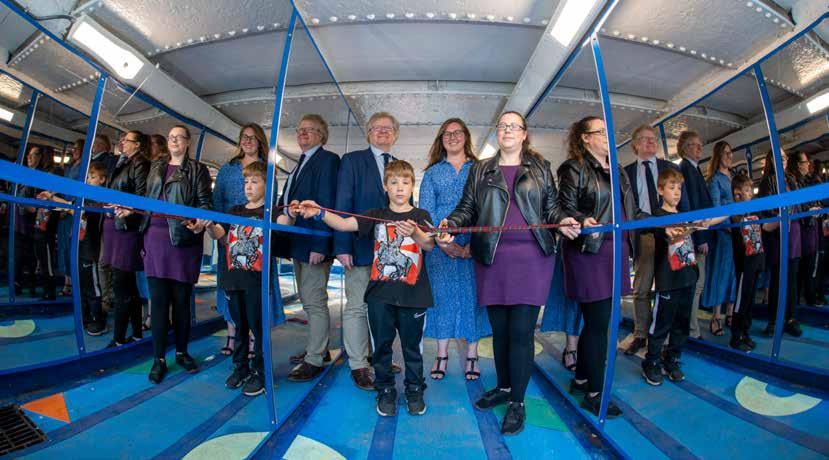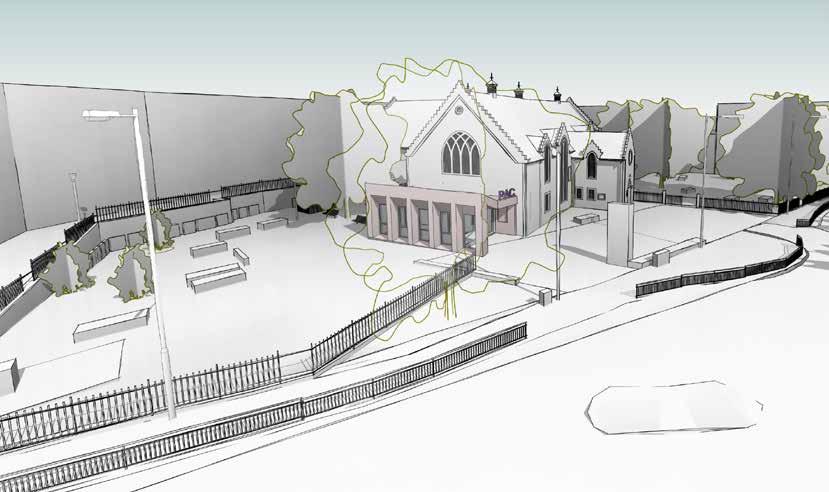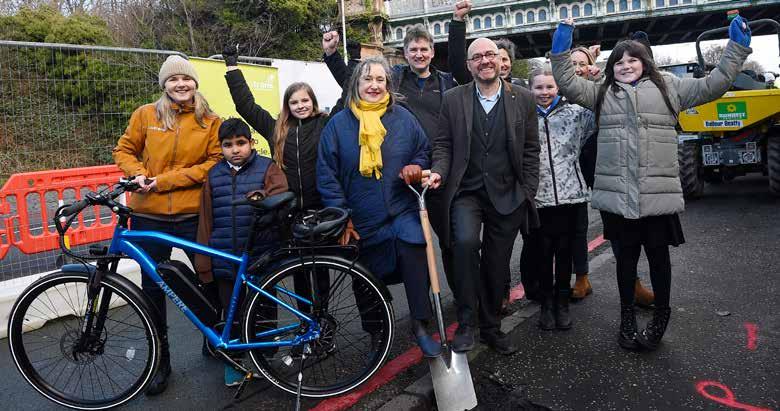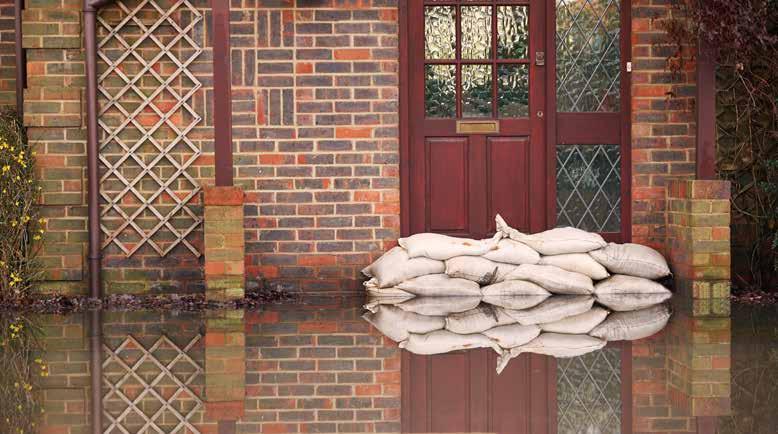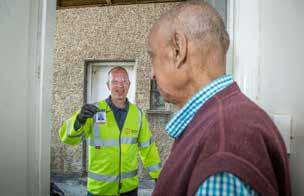hydrogen feature
The role hydrogen can play in decarbonising our homes T
he decarbonisation of heat from homes and buildings is arguably our biggest net zero challenge. It’s the second biggest emitting sector with around 30% of our national emissions coming from the 25 million-or-so homes connected to gas networks across the UK. Despite the scale of this challenge, emissions reduction remains a difficult nut to crack. The reason for this is that the role of customers and how they can be supported by Joss Clarke, Head of External Affairs through the energy transition is often overlooked.
Scottish Gas Networks
A lost decade of progress
Over the last few years, there has been an increase in biomethane and small amounts of progress on home energy efficiency. Last year’s Heat and Buildings Strategy looked to be setting a good new direction of travel, but delivery has been slow on supporting policies. There has been certainly enough political focus on domestic heat and energy bills but no real breakthrough on emissions. Compared to other sectors, it’s not unfair to say there has been little material change since the coalition government published its Heat Strategy in 2013. Why is that? Is it technology challenge? Is it an economic challenge? Is it a funding challenge? There is no doubt the politics and policy, the technology and the economics of the sector will have critical influence, but at the heart of all these factors are customers.
Some challenges affect all our customers including the cost-of-living crisis, the desire for secure, reliable and affordable energy supplies and the need to reduce emissions as quickly as possible. But anyone that knows SGN will know we have a proud history of working with our most vulnerable customers, and we have learnt that each home and each customer comes with their own needs. They will react differently to the shared challenges we face, and this will inform the choices they make. When it comes to delivery of net zero, our experience informs our view that one technology alone won’t satisfy all of our customers’ different needs.
How SGN is contributing
While 2050 might seem some way off, changes need to happen now and continue to build if we are to avoid another lost decade of progress. In Scotland, where the aim is to get to net zero by 2045, we’re working with the Scottish Government to help meet their target of having one million homes on zero emission heating systems by 2030. We worked with engineering consultants and local stakeholders to develop an architecture to repurpose a large part of our gas network by 2030 to deliver hydrogen. This includes feasibility studies on how towns and cities such as Aberdeen, Dundee, Perth and across the central belt can be converted to hydrogen, where the storage could be, and
Customer challenge
The phrase “customer challenge” is easy to say but does a lot of heavy lifting. For SGN it’s 14 million people, all living in different homes with different circumstances. Each unique. It’s people living in houses that have been converted to flats, purpose-built high-rises in London, Glasgow and Edinburgh, leafy suburbs in the south of England, remote areas of Scotland and across the UK and some areas of extreme poverty. All our customers come with their own needs.
Markinch biomass CHP Thurso
Renewable electricity
Stornoway Wick
Renewable electricity
Hydrogen
Oban
Fife
Hydrogen
• 9,500 homes • 21,000 tonnes CO2 saved per year
Campbeltown
Fife gas network
Our partnership with renewables generator RWE in Scotland
where the opportunities for hydrogen production are. With a view of what our gas network could deliver, we have seen the hydrogen production community come forward with their ambitions for hydrogen in Scotland. Over in the Highland and Islands, we are working with renewable developer RWE to understand how they can produce green hydrogen with the electricity that the power grid doesn’t have the capacity for and deliver it to homes, businesses and transport hubs across the region. Part of our work also includes helping deliver the evidence for government to make heat policy decisions in 2026. Which is where our H100 project in Fife comes in, where 6
Scottish Local Authority News



